Table of Contents Show
When you plan a road trip out West to visit the national parks, you likely want to see Yosemite, Yellowstone, and Zion. Other favorites include Arches, Joshua Tree, and Grand Tetons. But don’t sleep in the Oregon national parks.
From Crater Lake to Lewis and Clark to Nez Perce, Oregon has almost a dozen sites worth visiting. Let’s dive in and learn more!
What Is a National Park?
America has created national parks since the establishment of Yellowstone in 1870. The federal government sets aside and protects these areas to preserve the environment and resources.
A wilderness area may receive the status of a national park for a few reasons. These can include its historical or scientific importance or its landscape, wildlife, and ecosystems.
Most plants and animals in a national park are protected, and the landscape remains in its natural state.
How Many National Parks Are There?
The United States has 63 national parks across the country from California to Maine, and includes protected areas in Alaska and Hawaii. California and Alaska have the most National Parks, with eight each.
However, the National Park Service manages more than national parks, though. The country has over 424 individual units with different designations. They cover over 85 million acres in all 50 states, the District of Columbia, and U.S. territories.
These parks range from national battlefields to monuments and seashores. The NPS has about 19 naming designations without the National Park System.
How Many National Parks Are in Oregon?
Oregon has 10 protected areas within the National Park System but only one national park: Crater Lake. But others have varying designations. The federal government preserves many of these locations because of their historical value.
In addition to Crater Lake National Park, Oregon has four historic and geologic trails: California National Historic Trail, Lewis and Clark National Historic Trail, Oregon National Historic Trail, and Ice Age Floods National Geologic Trail.
You can also visit three historical parks and sites: Fort Vancouver National Historic Site, Lewis and Clark National Historical Park, and Nez Perce National Historical Park.
Or go exploring at John Day Fossil Beds National Monument and Oregon Caves National Monument and Preserve.
What Is a National Historic Trail?
According to the National Park Service, “National historic trails recognize original trails or routes of travel of national historical significance.”
For example, the California National Historic Trail covers over 5,000 miles and stretches into 10 states, including Oregon.
It protects the route of over 250,000 emigrants who traveled to California’s gold fields and farmlands during the 1840s and 1850s. This became the greatest mass migration in American history.
What Is the Most Visited Oregon National Park?
Crater Lake National Park is the most visited park in Oregon. In 2021, the park welcomed 647,751 visitors who witnessed the beauty and scientific importance of the land.
However, in 2016, over 750,000 people visited Crater Lake. In recent years, the pandemic and hazardous smoke from regional fires have affected visitation.
Almost 8,000 years ago, Native Americans witnessed the formation of Crater Lake when Mount Mazama, a 12,000-foot-tall volcano, erupted and collapsed. Crater Lake is considered the cleanest lake in the United States, perhaps the entire world.
Scientists explain that because no streams or rivers feed the lake, it’s amazingly clear, with visibility up to 100 feet and sunlight reaching about 400 feet in some parts of the lake.
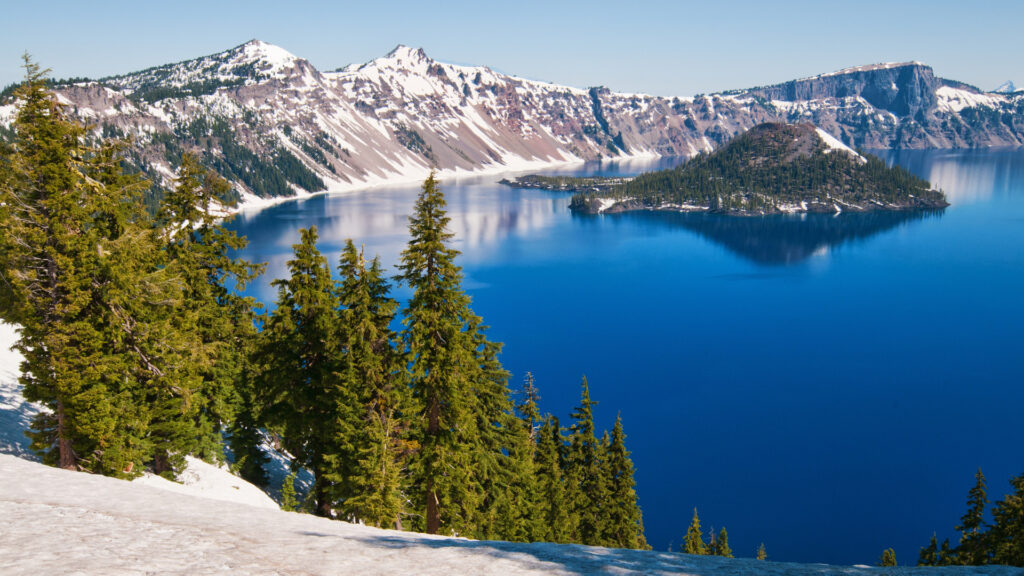
About Crater Lake National Park
Crater Lake is the deepest and most pristine lake in the United States. This Oregon National Park lures photographers, nature enthusiasts, and sightseers who gaze at the magnificence and beauty of this natural wonder.
Location
You don’t need to make reservations to visit Crater Lake National Park. But visitors must have a pass or pay the entry fee to enter. The Rim Visitor Center is located in the Kiser Studio in Rim Village on Rim Village Drive in Crater Lake, Ore.
The Steel Visitor Center remains closed until Spring 2023 for major construction and is located at 1 Sager Building Highway 62.
The park lies in southwestern Oregon between the Umpqua National Forest and Winema National Forest. Crater Lake sits west of Highway 97, less than two hours from Medford, Ore., and a little over an hour from Klamath Falls, Ore.
Best Time to Visit
According to the National Park Service, July through September make the most popular months to visit Crater Lake because the roads, trails, and facilities are fully operational.
Visiting after Labor Day will provide the least crowds during this season. Although much of the country thaws out in May and June, the transition into summer is slow at this Oregon national park as lingering snow can prevent access to some places at Crater Lake.
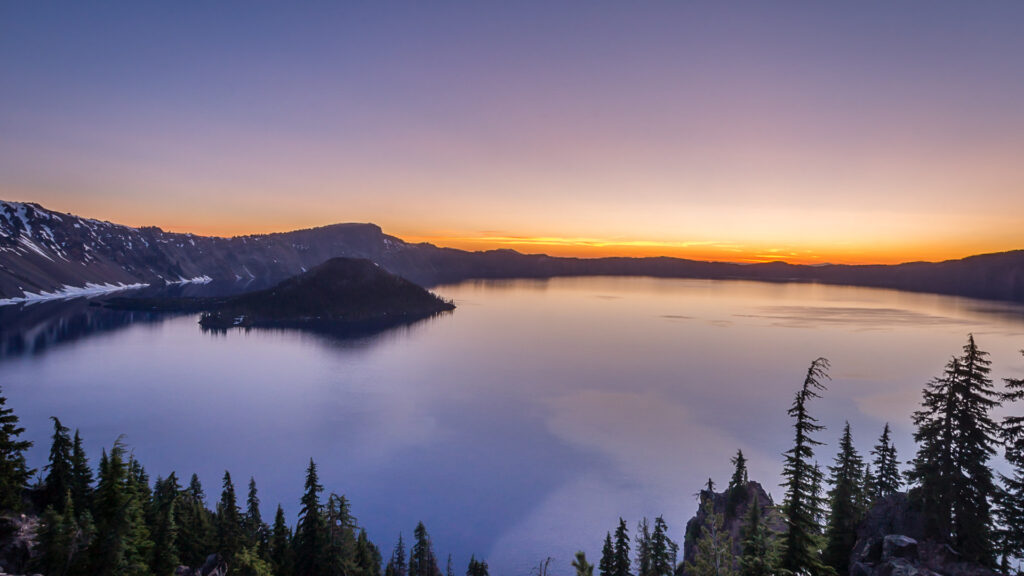
Things You Can’t Miss
The first place to visit is either the Rim Visitor Center or the Steel Visitor Center. You’ll find information about the parks, the status of all trails, places to park, and more. Pay attention to when the visitor centers are open, as they aren’t available year-round or every day.
While visiting Crater Lake National Park, take a scenic drive along Rim Drive. This 33-mile road provides stunning views of the lake, forests, and meadows. You can stop at 30 overlooks along Rim Drive.
Traffic goes both ways, with a speed limit of 35 miles per hour or lower. The road is narrow and winding and doesn’t have shoulders. Allow at least two hours to enjoy this drive.
Additionally, many enjoy hiking at Crater Lake. Some popular trails include Cleetwood Cove Trail, Watchman Peak Trail, and Plaikni Falls Trail.
Cleetwood Cove Trail is about 2.2 miles and gives hikers the only legal access to the shore of Crater Lake. But you can’t bring pets on this trail.
Watchman Peak Trail is about 1.6 miles and is very busy at sunset. The 360-degree views across the lake and surrounding landscape make this one of the most crowded trails.
Plaikni Falls Trail is about 2 miles and leads to a waterfall fed by snowmelt.
Keep in Mind: Save money on your upcoming road trips by finding the Lowest Gas Prices in USA!
Other Popular Oregon National Parks
Although Crater Lake is Oregon’s only national park, you can visit other national park sites in Oregon.
Oregon’s national parks are fascinating, especially if you’re interested in the area’s history, culture, and geology.
Fort Vancouver National Historic Site
Fort Vancouver National Historic Site has four distinct areas that tell the history of the Pacific Northwest.
You could spend anywhere from half a day to an entire day exploring the reconstructed British fur trade fort, the historic buildings from the U.S. Army’s Vancouver Barracks, and walking trails.
You can also learn the history of aviation at Pearson Air Museum. Access to Fort Vancouver National Historic Site is free except for the entrance to the reconstructed fur trade fort, which costs $10 per person. Kids 15 and under get in free.
John Day Fossil Beds National Monument
Like Fort Vancouver, John Day Fossil Beds National Monument has different sites spread out over a large area. Due to this, you’ll have a hard time visiting them all in a single day unless you begin early.
Clarno, Painted Hills, and Sheep Rock are dispersed through east-central Oregon. The Trail of Fossils in Clarno is the best trail in the monument to see real fossils.
And the trails at Painted Hills provide visitors with stunning views of the amazing color palette of these vibrant rocks.
Finally, the museum at Sheep Rock has hundreds of fossil specimens and eight large murals detailing 50 million years of history.
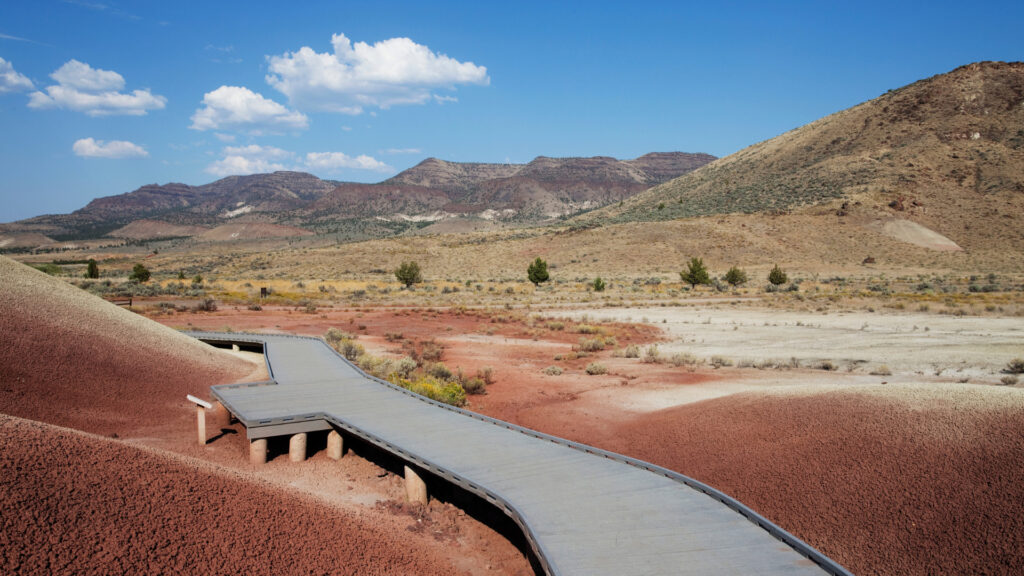
Lewis and Clark National Historical Park
You can’t visit the Oregon national parks and skip the Lewis and Clark National Historical Park. Considered one of the greatest and most important expeditions in our country’s history, the journey of these two great explorers is preserved here.
Visitors can step into the Fort Clatsop replica and imagine what the Corps of Discovery experienced more than 200 years ago. Rangers will offer demonstrations during peak visitor season, such as flintlock gun shooting, hide tanning, and candle making.
Start at the visitor center, where you can watch informative films, learn through the exhibits, and check out the bookstore.
Nez Perce National Historical Park
The Nez Perce National Historical Park visitor center lies 10 miles east of Lewiston, Idaho, on U.S. Highway 95. It shows “Of One Heart,” a film introducing the Nez Perce story.
Guests can also learn more by walking around the exhibits, which feature a large collection of clothing, tools, weapons, and ceremonial objects. You can see 38 sites that compose Nez Perce National Historical Park, which spreads out in Washington, Oregon, Idaho, and Montana.
Additionally, Chief Joseph’s remains are interred at the base of Lake Wallowa in northeastern Oregon, overlooking the Wallowa Valley which he called home.
Keep in Mind: Now that you know what parks are worth visiting, start making your Oregon camping reservations!
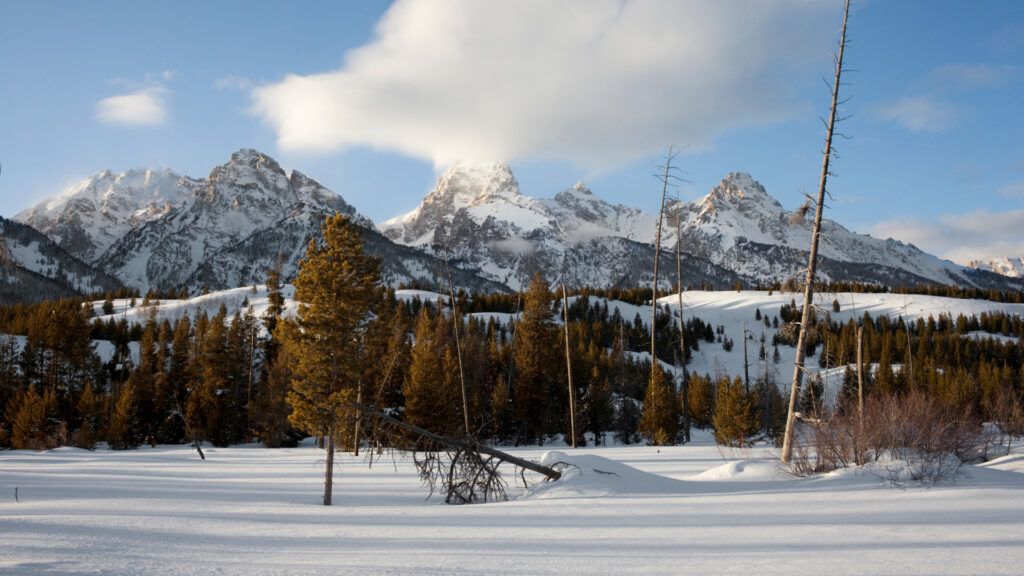
Are the Oregon National Parks Worth Visiting?
If you’re visiting the Pacific Northwest, a visit to Crater Lake National Park is a must. Photos can’t capture its beauty, and the surrounding landscape is breathtaking.
But it’s not just Crater Lake that lures visitors. The other Oregon national parks offer a bounty of historical, cultural, and geologic significance. Whether you’re a history buff, an art lover, an outdoor enthusiast, or a parent wanting to raise culturally sensitive children, there’s something for everyone at the Oregon national park sites.
Which one will you visit first?




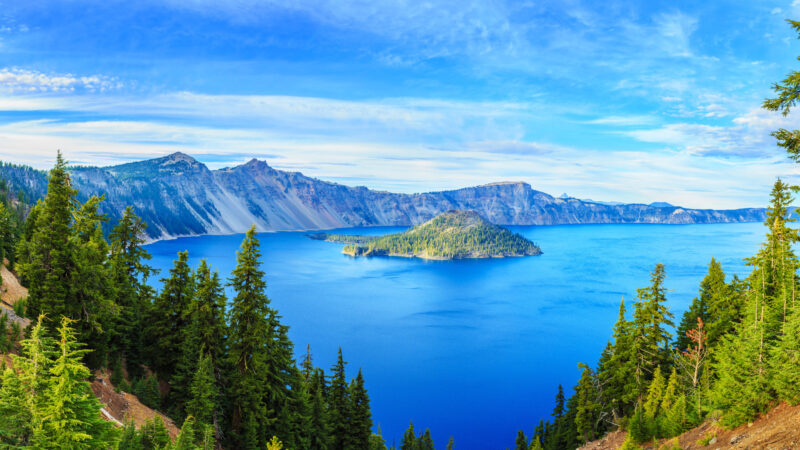

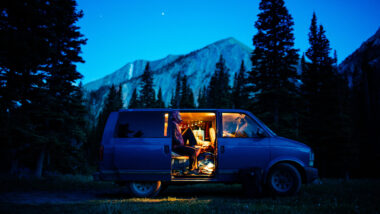
Don’t forget Newberry Crater National Volcanic Monument and all the volcanic treasures near Bend, Oregon!